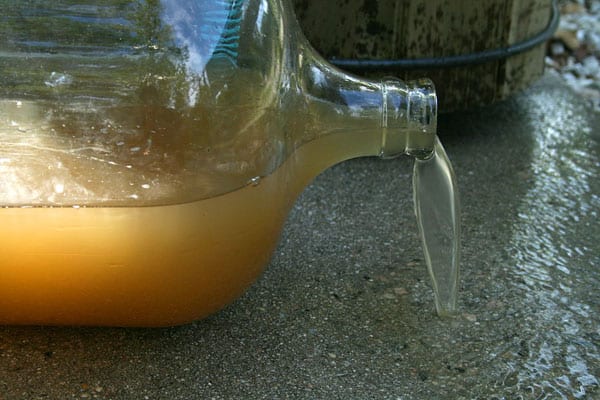
January 2, 2019; Washington Post
It was 47 years ago when the Clean Water Act became law, but, according to scientists at Harvard University, over six million Americans are routinely exposed to unsafe drinking water. For example, in the “Paper City” of Parchment, Michigan, located a few miles from Kalamazoo, tests conducted last July found high levels of contamination.
Specifically, the contaminant found in the Harvard study concerned so-called PFAS (polyfluoroalkyl and perfluoroalkyl substances). The PFAS levels in Parchment’s water system were found to be in excess of 1,500 parts per trillion, reports Brady Dennis in the Washington Post. This, according to Dennis, is “more than 20 times the Environmental Protection Agency’s recommended lifetime exposure limit of 70 parts per trillion.”
But the federal government, Dennis explains, does not regulate PFAS, even though “the compounds’ presence has rattled communities from Hoosick Falls, New York, to Tucson.” PFAS, notes Dennis, is “particularly prevalent on or near military bases, which have long used PFAS-laden foams in training exercises.”
In most states, PFAS tests are conspicuous by their absence. In Michigan, however, prodded surely by the coverup of lead poisoning in the Flint water system four years ago, state officials have conducted PFAS tests at 1,380 public water supplies and at more than 400 schools that operate their own wells.
“When we look for it, we tend to find it,” Eden Wells, the state’s chief medical executive, informs Dennis.
In Parchment, at least, a solution was found, which involved shutting down the local water system and replacing Parchment’s water with water from nearby Kalamazoo. “Bottled water is no longer being handed out at the high school, though the town is still relying on water from Kalamazoo,” Dennis adds.
Sign up for our free newsletters
Subscribe to NPQ's newsletters to have our top stories delivered directly to your inbox.
By signing up, you agree to our privacy policy and terms of use, and to receive messages from NPQ and our partners.
PFAS, however, is hardly the only water pollutant facing our nation’s drinking water. The problem of lead poisoning, for example, still persists and remains widespread. As Dennis explains in another Post article last month, a 2018 Government Accountability Office report found that “only 43 percent of school districts tested their water in either 2016 or 2017. Of those that did, an estimated 37 percent found lead levels above the Environmental Protection Agency’s ‘action level’ of 15 parts per billion.”
In the summer of 2018, Nikolai Vitti, who had been superintendent of schools in Detroit for only a year, obtained the test results for his school district. The test results indicated that “two-thirds of schools showed alarming levels of lead in the water.” Vitti, who knew that the district had a capital project backlog of $530 million, nonetheless felt that he had no choice but to increase that deficit again, so he could shutter all water taps and increase the budget by hundreds of thousands a month to provide bottled drinking water for Detroit public school students.
This fall, Vitti raised $2.4 million in philanthropic support that will pay most of the cost of what is estimated to be a $3 million emergency capital expense to purchase and install highly filtered water-hydration stations for every Detroit school.
Meanwhile, an even more disturbing implication of the GAO report remains: If the untested districts have the same incidence of lead poisoning as the tested districts, then over four million students are unknowingly facing heightened lead levels in their school district drinking water.
Ignorance, Vitti says, “should no longer be bliss because we’re talking about the safety and well-being of children.”
Part of the problem—both with conventional pollutants like lead and less well-known pollutants like PFAS—is a lack of national standards. Virginia Tech professor Marc Edwards, who Dennis credits with helping expose the Flint water crisis, notes that, “There’s no national standard, and so it’s total chaos.”
Edwards adds that he considers the Detroit situation a success story—at least in Detroit, the problem has been identified, and it is being addressed swiftly. “The real problem is the schools that never test,” Edwards explains. “The worst problems are the ones we don’t hear about.”—Steve Dubb











